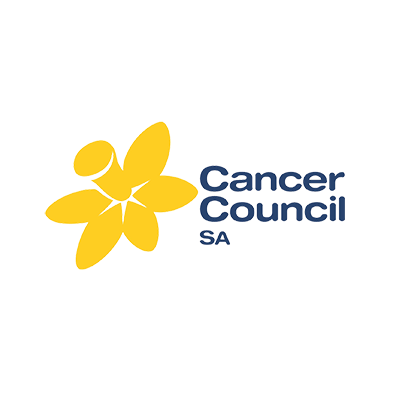Client Synopsis
Cancer Council SAOrganisation Overview
First established in 1928 as the Anti-Cancer Campaign Committee, what was to become today’s Cancer
Council SA, was formed on the initiative of the late Dr F S Hone, with the support of the Faculty of
Medicine and the Council of The University of Adelaide. Its objectives were to facilitate cancer research
and to provide the most modern methods for the diagnosis and treatment of cancer in South Australia.
Since 1928, the organisation has kept evolving. Today it comprises three departments: Cancer Control,
which encompass cancer prevention (including QuitSA), cancer support and behavioural research
activities; Corporate Services, which comprises human resources, motel administration, IT and payroll;
and the Business Development Unit, which is where all donor relations, fundraising events, marketing
communications and ambassadors are coordinated.
It comprises 151 passionate staff, assisted by 230 active volunteers and 139 dedicated Ambassadors
and is supported by the extraordinary generosity of South Australians. From the ‘power of one’ to
mammoth team efforts, the South Australian community along with Cancer Council SA is working
together to beat cancer every day. This combined effort allows Cancer Council SA to fund lifesaving
research, deliver cancer prevention programs and provide support services that together aim to reduce
the impact of cancer for all South Australians.

Fragile to Agile Engagement
It firstly must be noted that this engagement was performed as pro-bono work with other resources from the Adelaide chapter for the Association of Enterprise Architects (AEA). The association approached the CEO and CIO of the Cancer Council with an offer to develop a business capability model (BCM) and to then use that model for two purposes: to demonstrate the use of the model in business/strategic planning and to perform a current state analysis of the technology in use at the council.
The capability model was developed in the usual collaborative fashion via workshops with senior business stakeholders at the council via several iterations. Some key data about the council and its operations were then overlaid onto the BCM which provided some key insights to the stakeholders. This was then used to inform the next evolution of the council’s strategic plan as well as to address some immediate tactical cost pressures. The BCM, as it defines what the council does not how it does it and so is the same for all state cancer councils, was then used to drive conversations about potential sharing of business capabilities and IT across the different councils, what capabilities should be covered by the shared body, Cancer Australia, and to what extent those capabilities should be standardised.
In the coming financial year Fragile to Agile and the AEA will be moving onto to using the BCM to define
a target state for the technology at the council and the roadmap to that target state.
